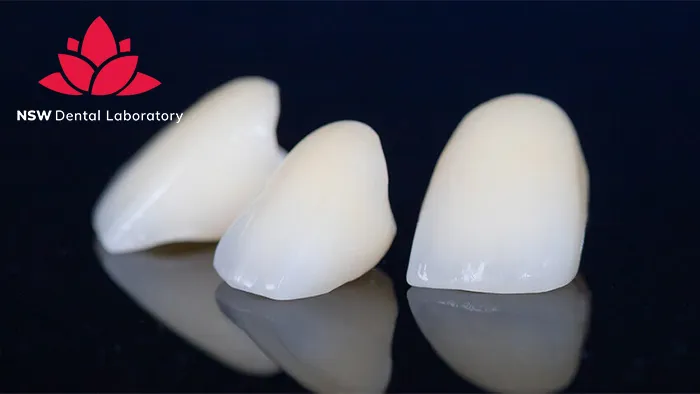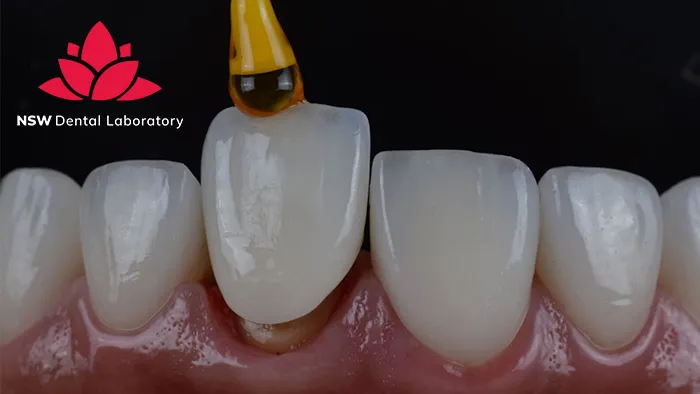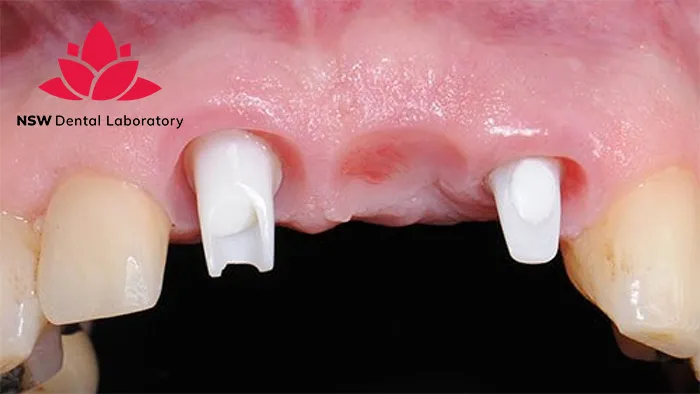Helpful Things To Know About Crown On A Tooth
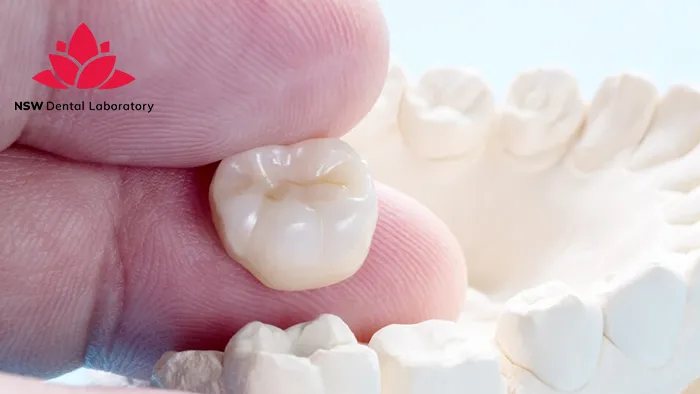
What Is Crown On a Tooth?
A crown on a tooth (also known as a dental crown) is a dental restoration placed over a natural tooth to protect its structure and restore its shape, size, strength, and appearance. Additionally, crowns are used to cover and protect dental implants. Each crown is custom-designed to fit snugly over the entire tooth, much like a perfectly fitting cap, and securely attached to provide long-term stability.
The Crown on a tooth is made from various materials such as ceramic, porcelain, zirconia, gold alloys, or a combination of porcelain and metal. Among these, zirconia crowns are the most popular option due to their durability and aesthetic appeal.
Indications for Crown on a Tooth
-
Severely damaged or decayed teeth
In cases where a tooth has significant decay or severe damage that cannot be repaired with fillings or other treatments, a crown on a tooth is used to cover and protect the natural tooth from further harm. It helps restore the tooth’s shape, strength, and functionality while providing long-term stability.
-
Cracks and fractures
A common case where a crown on a tooth may be recommended instead of a filling is when a tooth is significantly broken or chipped. A crown provides broader coverage and support compared to a filling, protecting and restoring the tooth’s structural integrity and functionality while preventing potential complications that a filling might not address.
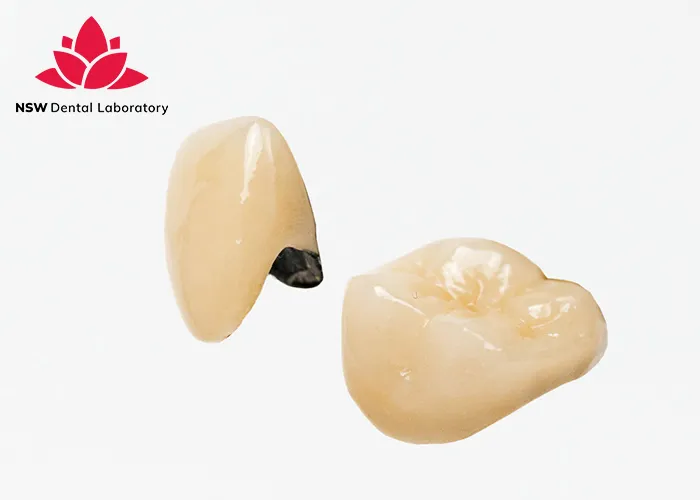
-
Root canal treatment
Root canal treatment is one of the most common indications for a Crown on a tooth, as it helps protect the tooth from further damage. After undergoing a root canal procedure, the tooth structure tends to weaken and become more prone to damage (brittle and more susceptible to fractures). In such cases, a crown provides an additional protective layer, reducing the risk of fractures and ensuring the longevity of the treated tooth.
-
Tooth wear or erosion
In cases affected by excessive wear, erosion due to acid reflux, or bruxism, a crown on a tooth is effective in restoring the natural shape, size, and appearance of the tooth.
-
Dental bridge or implant
With alternative treatments for replacing missing teeth, such as dental bridges or implants, a crown on a tooth serves as an artificial tooth or cap that fills the gap caused by tooth loss. It supports the bridge on both sides or acts as a protective covering for the implant post.
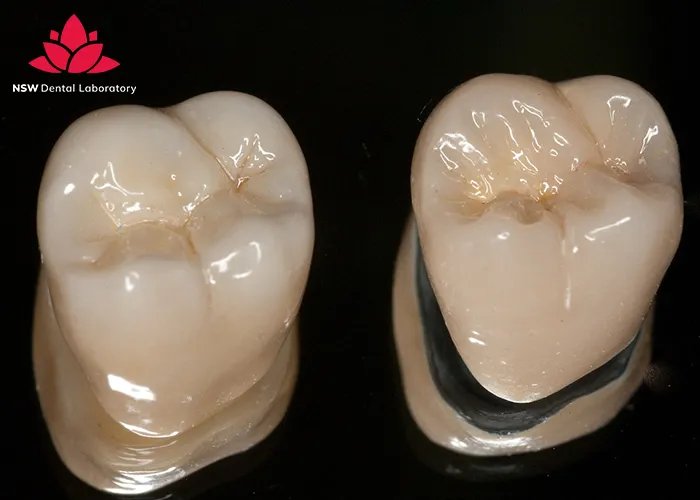
-
Weakened tooth or sensitivity
Teeth that are weak or sensitive due to wear, cavities, gum disease, or teeth whitening can cause discomfort and sensitivity. If left untreated, these issues can lead to more serious problems. With a crown structure that covers the entire tooth, from the chewing surface to the gum line, a crown on a tooth provides comprehensive support and protection from the continuous pressure during biting and chewing, helping to strengthen the structure, preserve integrity, and extend the lifespan of the tooth.
-
Cosmetic purpose
In cases of misaligned teeth, discoloration, uneven size, or gaps between teeth, crowns can be used to improve the color and shape, and close gaps without the need for orthodontic treatment, enhancing alignment and giving the patient a naturally aesthetic smile.
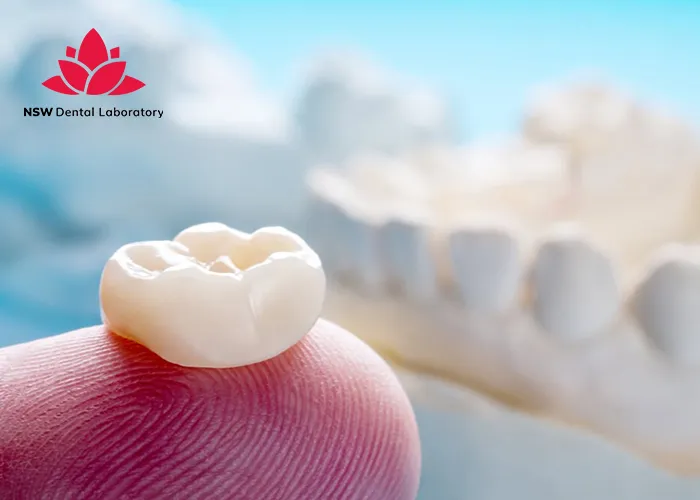
Types Of Crown On A Tooth
-
All ceramic or porcelain crowns
Made entirely from ceramic or porcelain materials that mimic the natural tooth enamel color, all ceramic or porcelain crowns match the surrounding teeth in shape, size, and color, providing a natural and durable appearance. With a composition that is completely metal-free and highly biocompatible, they are the best option for patients with metal allergies. All ceramic or porcelain crowns can be used for both anterior and posterior teeth, with the most common application being for anterior restorations.
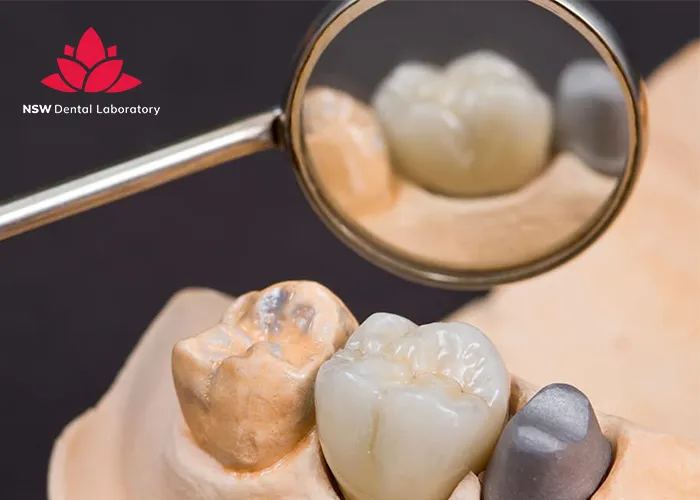
All Ceramic Crown
-
Porcelain fused to metal (PFM)
The PFM crown is a traditional type of dental crown that has been widely used for over 50 years, combining the durability of metal with the natural beauty of porcelain. While it offers high strength, it does have some drawbacks, such as causing more wear on the opposing teeth, the porcelain being prone to chipping or breaking, and the gum line being visible, which may affect the aesthetic outcome. PFM crowns can be used for both anterior and posterior teeth.
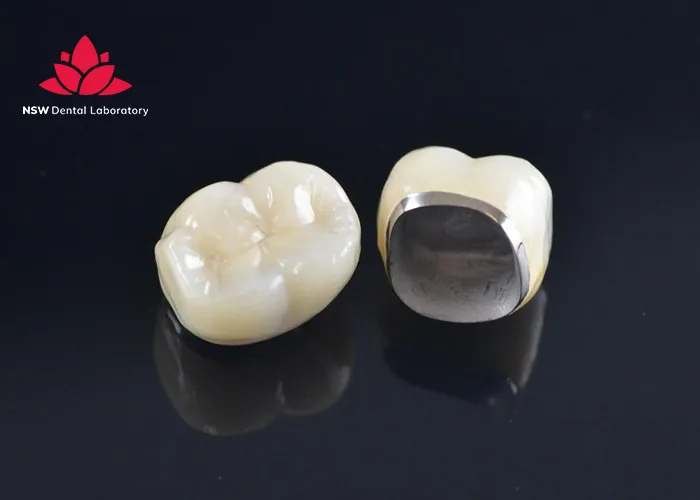
Porcelain Fused To Metal (PFM)
-
Metal crown
The metal crown is the most durable type of dental crown, rarely chipping or breaking. It has low wear and can withstand strong biting forces. Some metals used to make dental crowns include gold, palladium, nickel, and chromium. While it stands out for its durability and strength, the metal crown is not commonly used due to its limited metal color and poor aesthetic appeal. As a result, they are mainly indicated for posterior teeth where visibility is less of a concern.
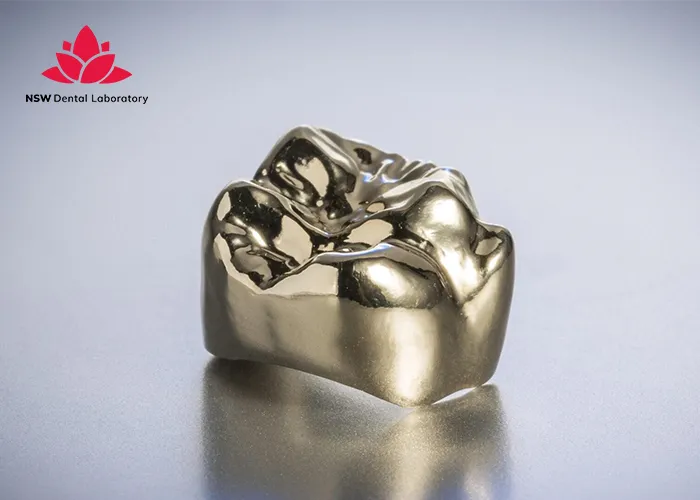
Metal Crown
-
Zirconia crown
Zirconium is a relatively new material in recent years but has quickly gained acceptance and widespread use due to its durability, optimal aesthetics, and excellent biocompatibility. As a result, it is suitable for both anterior and posterior teeth. Another reason for its popularity is its seamless integration with modern digital workflows, which helps save time and costs, thereby enhancing clinical efficiency.
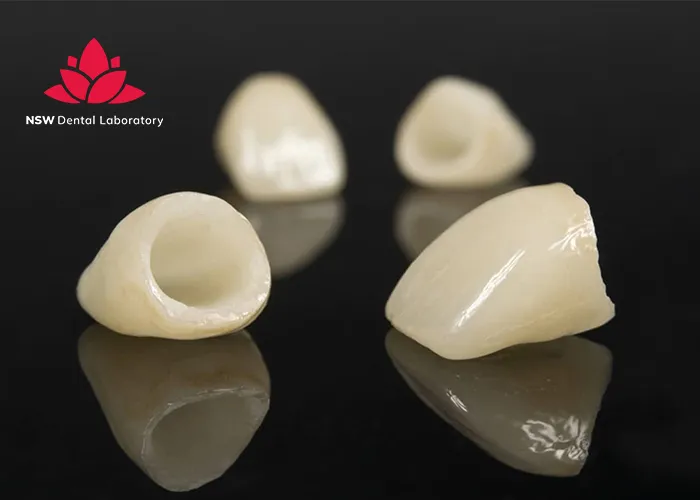
Zirconia Crown
-
Pressed ceramic crown
Similar to PFM crowns, pressed ceramic crowns also feature a durable inner core, but the core is made of ceramic instead of metal. Pressed ceramic crowns are created by melting and pressing ceramic in a furnace at extremely high temperatures to form a hard inner core. Multiple layers of porcelain are then added to mimic the translucency of natural enamel. With their lightweight structure and natural translucency, they are an excellent choice for anterior restorations where aesthetics are paramount.
With the rapid development of dental materials, more pressed ceramic crown products are being created to meet both aesthetic and durability standards. One notable example is IPS e.max Press, made from lithium disilicate glass-ceramic material.
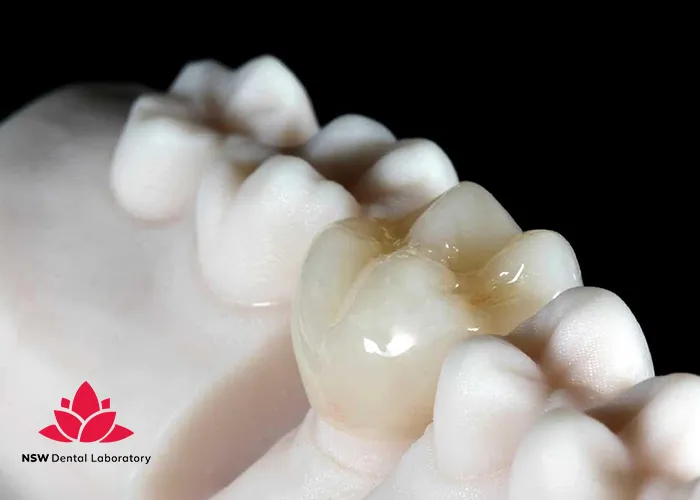
IPS E.max Crown
-
All resin crown
All-resin dental crowns are less expensive than other crown types. However, they wear down over time and are more prone to fractures than porcelain-fused-to-metal crowns so often used to make temporary crowns.
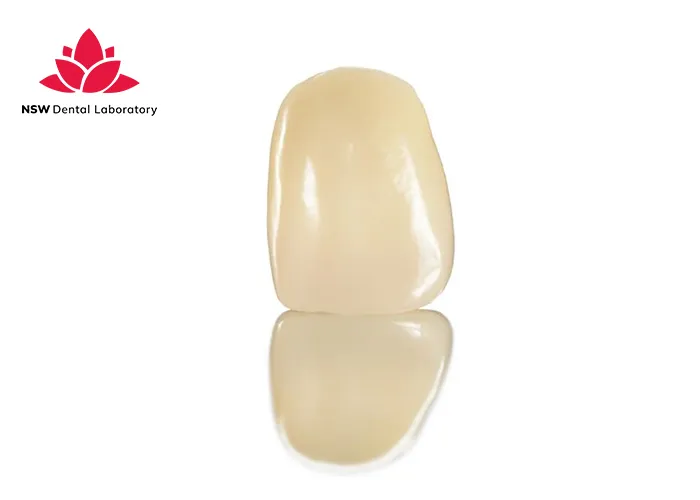
All Resin Crown
The Process Of Placing The Crown On A Tooth
-
First appointment
- Tooth Preparation: During the first appointment, the dentist will prepare the tooth by removing a portion of the natural enamel to create space for the new crown. Depending on the type of crown being used, the dentist will determine the amount of enamel that needs to be shaped or removed. This process may involve the use of local anesthesia to ensure the patient has the most comfortable experience possible.
- Impression: Next, the dentist will take an impression of the tooth. This can be done using a physical mold made from dental impression materials or through a digital scanner. These impressions are then sent to a dental laboratory, where technicians will fabricate the crown to match the shape, size, and color of the natural teeth.
- Temporary Crown Placement: Since it typically takes 2-3 weeks to complete the permanent crown, the dentist will place a temporary crown, usually made of plastic or acrylic, to cover and protect the tooth while temporarily restoring chewing functionality and aesthetics.
-
Second appointment
The newly completed crown will be sent to the dental clinic. The dentist will remove the temporary crown, clean the tooth, and check the fit and color of the new crown. Finally, the new crown will be securely fixed onto your tooth using strong dental cement.
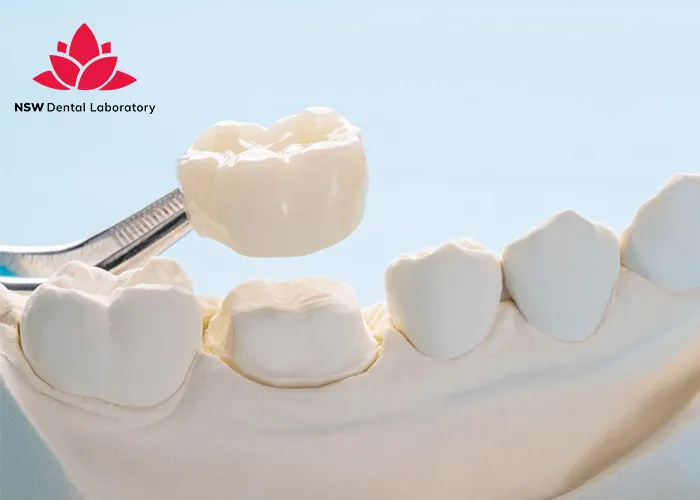
The Art of Crafting Crowns on a Tooth at NSW Dental Lab
To achieve a perfect crown-on-a-tooth restoration, the fabrication process plays a crucial role alongside the crown cementation procedure. Crafting dental crowns is a precise and complex process that requires meticulous attention to detail. At NSW Dental Laboratory, our technicians are dedicated to ensuring every step of production is handled with care and precision, delivering crowns that meet both functional and aesthetic standards for dentists and patients alike.
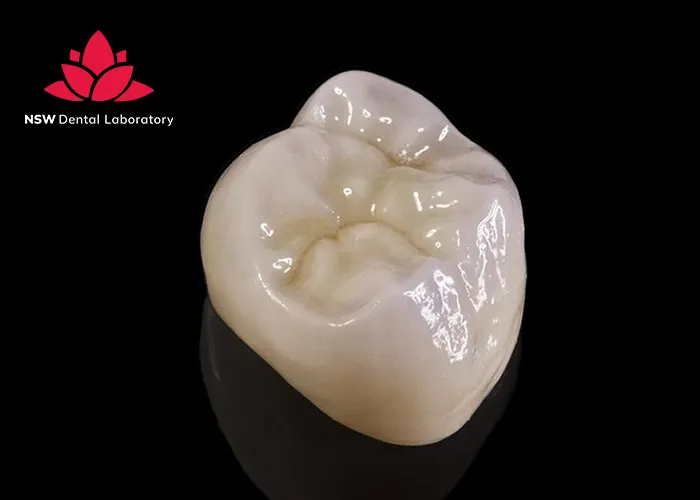
The process begins with creating a three-dimensional model of the patient’s tooth, using either digital impressions or physical molds provided by the dentist. This model serves as the foundation for crafting the crown. The selection of materials—whether full zirconia, metal, all-ceramic, Emax, or a combination of materials—is carefully determined based on factors such as aesthetics, durability, and the tooth’s location in the mouth to ensure the most optimal restoration.
By integrating modern digital technology into the workflow, NSW ensures that the crown fabrication process achieves exceptional accuracy, aesthetics, and efficiency, meeting the highest standards in both functionality and turnaround time.

